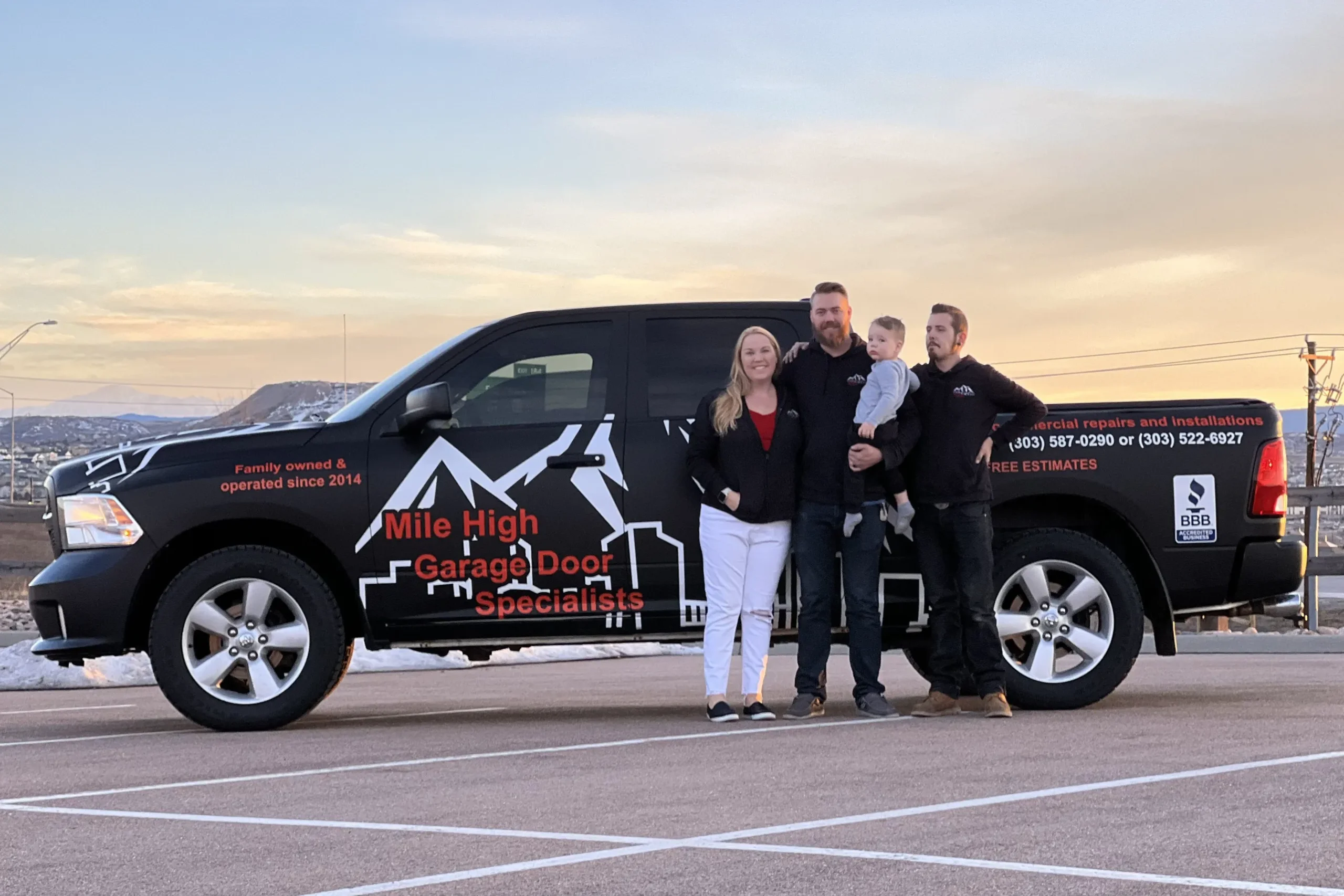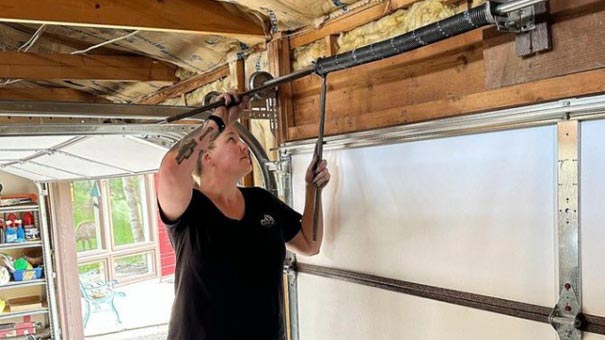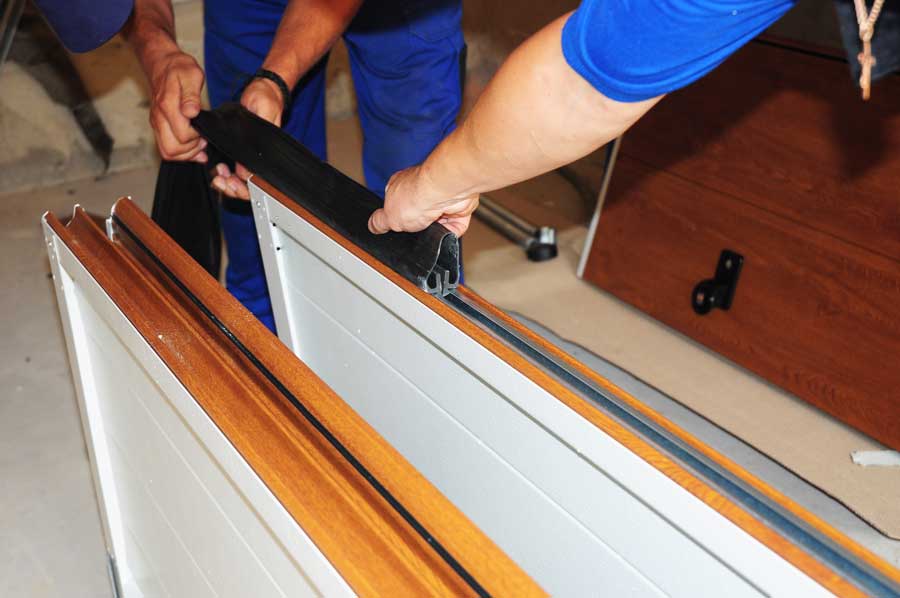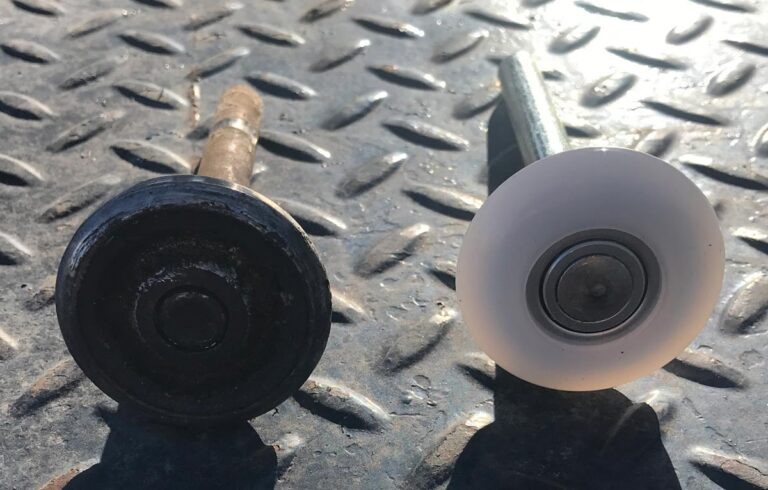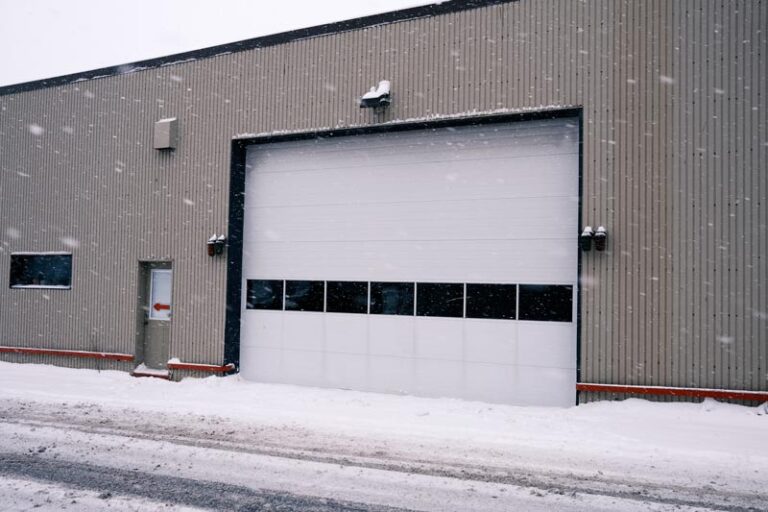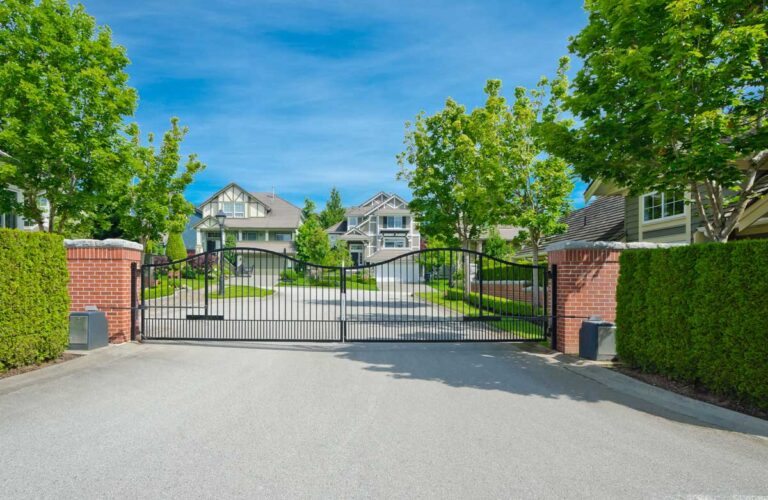Quick Guide Overview
⚡ Reading Time: 7 minutes
🔧 Skill Level: Beginner
🛠️ Tools Needed: Utility knife, screwdriver, cleaning supplies, measuring tape
Denver’s unique climate presents specific challenges for garage door maintenance. From scorching summers to freezing winters, proper weatherstripping isn’t just about energy efficiency—it’s about protecting your garage and its contents from our extreme weather conditions.
Understanding Weatherstripping Basics
Whether you’re in Wheat Ridge or Cherry Creek, your garage door’s weatherstripping faces constant challenges. This crucial component creates a seal between your door and the frame, keeping out weather, debris, and pests while maintaining your garage’s temperature.
| Location | Type of Seal | Purpose |
|---|---|---|
| Bottom | Threshold seal | Blocks water, snow, debris |
| Sides | Vinyl or rubber strip | Prevents drafts, dust |
| Top | Brush or rubber seal | Stops air leaks, insects |
| Between panels | Panel seals | Insulation, weather protection |
Types of Weatherstripping
From Aurora to Golden, homeowners have several weatherstripping options:
- Vinyl Seals
- Most common
- Good flexibility
- Moderate durability
- Cost-effective
- Rubber Seals
- Excellent durability
- Superior weather resistance
- Higher cost
- Professional grade
- Brush Seals
- Good for uneven surfaces
- Excellent dust protection
- Moderate weather resistance
- Easy installation
💡 Pro Tip: For homes in higher elevations like Morrison or Evergreen, rubber seals often perform better due to their superior cold-weather flexibility.
Signs Your Weatherstripping Needs Replacement
Take a walk around your garage door and look for these common issues:
- Visible cracks or tears
- Brittleness when touched
- Gaps between seal and door
- Daylight visible around edges
- Increased energy bills
The Impact of Colorado Weather
Our state’s unique climate creates specific challenges for garage door weatherstripping. During summer months, when temperatures in Denver can soar past 90°F, rubber and vinyl seals can soften and deform. Conversely, winter temperatures dropping below freezing can cause these materials to become brittle and crack.
Installation Guide
Preparation Steps
Before starting your weatherstripping project:
- Clean the entire door frame
- Remove old weatherstripping
- Measure each side carefully
- Gather all necessary tools
- Plan for proper disposal
Step-by-Step Bottom Seal Replacement
- Measure door width
- Cut new seal to length
- Remove old seal
- Clean track thoroughly
- Insert new seal
- Test door operation
⚠️ Safety Note: If your door feels heavier after installation, this could indicate an improper seal installation. This is particularly important for residents of higher elevation areas like Ken Caryl or Dakota Ridge, where door weight affects spring tension.
Seasonal Maintenance Schedule
Spring Checks
As the weather warms up across the Front Range, it’s time to:
- Inspect for winter damage
- Clean all weatherstripping
- Check seal flexibility
- Look for pest intrusion
- Test door operation
Fall Preparation
Before winter hits Lakewood or Littleton, make sure to:
- Replace damaged seals
- Check threshold condition
- Verify proper alignment
- Test weather resistance
- Consider upgrading to cold-weather seals
Cost Considerations and ROI
Investing in quality weatherstripping pays off through:
- Reduced energy costs
- Better climate control
- Decreased pest issues
- Protected garage contents
- Extended door life
The average homeowner in the Denver metro area can expect to spend:
| Component | Cost Range | Lifespan |
|---|---|---|
| Bottom Seal | $50-100 | 2-3 years |
| Side Seals | $75-150 | 3-5 years |
| Top Seal | $30-75 | 3-4 years |
| Professional Installation | $200-400 | Varies |
Special Considerations for Colorado’s Climate
Living in the Mile High City and surrounding areas means dealing with unique weather patterns. Our altitude and climate create specific challenges that require special attention:
The combination of intense UV exposure and dramatic temperature swings can significantly impact weatherstripping materials. Homes in areas like Highlands Ranch or Castle Pines may experience accelerated wear due to their elevated exposure to sun and wind.
UV Protection Tips
- Choose UV-resistant materials
- Consider garage door direction
- Install with proper spacing
- Regular maintenance checks
- Apply UV protectant when applicable
Troubleshooting Common Issues
Q: Why is there frost inside my garage?
A: Poor weatherstripping often allows warm, moist air to enter and condense. This is particularly common in areas like Arvada and Westminster during winter temperature inversions.
Q: Should I feel air coming through when closed?
A: No. Any noticeable draft indicates a seal problem that needs addressing.
Emergency Weather Preparation
During severe weather events:
| Weather Event | Action Needed |
|---|---|
| Blizzard | Check bottom seal |
| High Winds | Verify side seals |
| Heavy Rain | Inspect threshold |
| Extreme Heat | Check seal flexibility |
🌡️ Temperature Extremes
Colorado’s temperature swings can be brutal on weatherstripping. From Commerce City to Brighton, homeowners should pay special attention during:
- Early morning temperature drops
- Afternoon heat spikes
- Seasonal transitions
- Storm events
- Cold snaps
Professional Assessment
Consider professional installation if you notice:
- Uneven gaps
- Door balance issues
- Complex measurements needed
- Multiple seal failures
- Time constraints
Conclusion
Proper weatherstripping is crucial for Denver-area homeowners. Whether you’re in Englewood or Thornton, maintaining these seals helps protect your home from our unique weather challenges while improving energy efficiency.
Next Steps
- Assess current weatherstripping
- Schedule necessary replacements
- Set up maintenance reminders
- Consider professional inspection
- Document installation dates
Need help with your garage door weatherstripping? Our team serves the entire Denver metro area, providing expert installation and maintenance services tailored to our unique climate.

